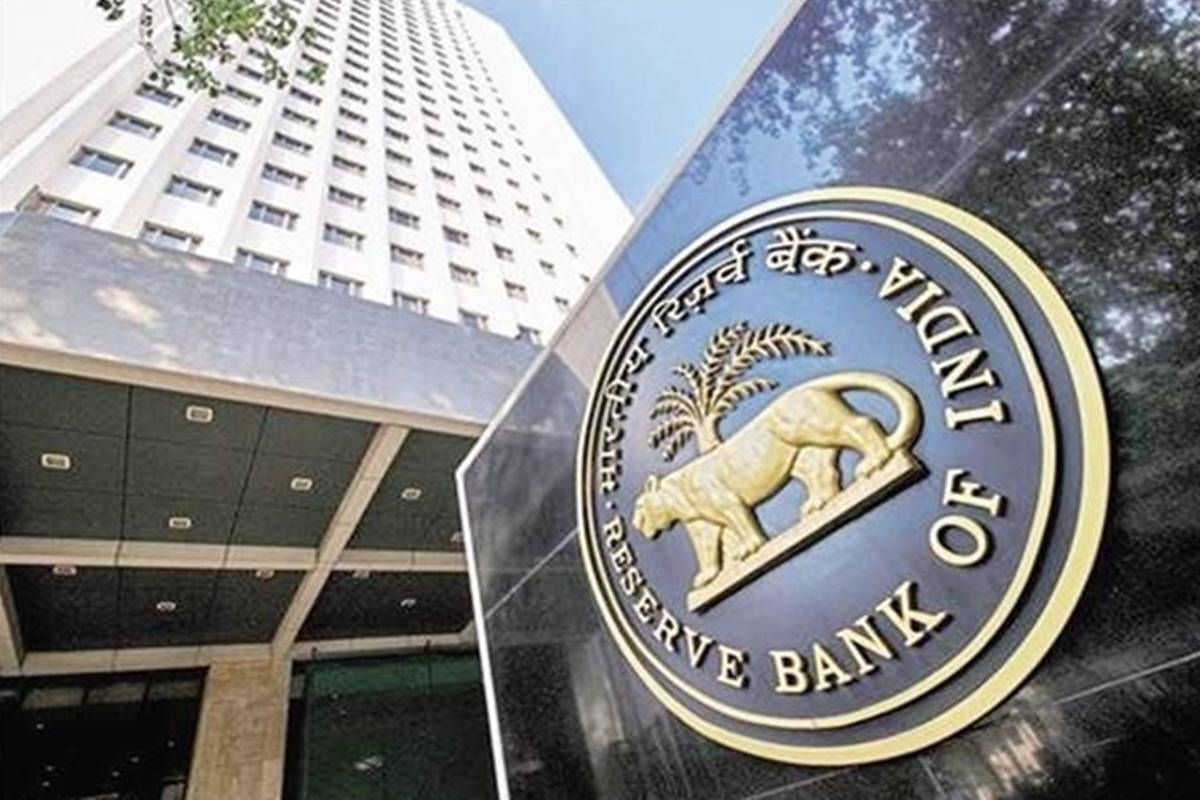Products You May Like

By NR Bhusnurmath
In its Monetary Policy Statement on April 7, RBI announced it would buy Rs 1 lakh crore of GoI bonds through the new G-Sec Acquisition Programme (G-SAP) and ‘unequivocally’ stated that ‘the Reserve Bank’s endeavour is to ensure orderly evolution of the yield curve.’ Clearly reiterating its stand that low bond yields and a good yield curve will ensure economic recovery; even though these are manipulated!
But is RBI’s contention valid? Do bond yields impact economic recovery in India? What does the data reveal?
These questions are not simply a matter of rhetoric. On the contrary, they are important because recent auctions of government securities (G-Secs) have seen yields inch higher, despite RBI’s attempts to keep rates down. On six occasions in FY21, in a first after 2013, RBI rejected all bids. There is no mistaking RBI’s intent: It was a blatant attempt to manipulate what is supposed to be an auction-driven price discovery process, presumably driven by the belief that lower yields would translate into higher investment and hence higher economic growth.
Related News
At the same time, RBI has been conducting a series of ‘Operation Twists’ in a bid to reshape the GoI yield curve (plot of yields against maturity) in the hope that reshaping the yield curve would facilitate economic growth.
Thus, RBI’s efforts have been two-pronged: To keep GoI bond yields low and simultaneously ensure a ‘good’ yield curve (upward sloping) to facilitate economic growth. Will it succeed? No.
Consider the first: The relationship between yields and growth. Theories on relationship between bond yields and growth starting from Irving Fisher’s ‘The Theory of Interest’ in 1907 articulate, on one hand, that current interest rates contain information about expected economic growth, and on the other, expectations of economic growth influence bond yields. Studies in developed economies indicate lower bond yields precede economic growth as lower bond yields mean lower cost of funds for investors, encouraging investment and, thereby, economic growth.
The relationship between yield curves and economic growth is more complicated. An overwhelming body of research suggests that while an upward-sloping yield curve indicates a growing economy, the shape per se is not a causal factor. RBI’s efforts to manipulate the bond market to ensure a ‘normal’ yield curve are, therefore, somewhat surprising.
The ultimate test of whether these are likely to result in higher economic growth is best gleaned by examining the data. An analysis of last 10 years’ data does not show any inter se relationship between bond yields (with two quarter lag) and GVA growth in India (see graph). Prima facie, this is baffling. However, one can scarce argue with the data. Hence, one needs to look beyond to understand why there is no relationship between bond yields and GDP growth in India. The answer lies in the peculiarities of the Indian bond market.
Bond markets can broadly be divided into two categories, the market for sovereign bonds and corporate bonds. In developed financial markets, both are integrated. But in India, thanks to a variety of legacy issues, they are not. In fact, they are quite disconnected. GoI bonds are almost exclusively bought, held and traded by banks and other financial companies, mainly because of regulatory requirements like the statutory liquidity ratio (SLR). The secondary market in GoI bonds is huge, but it is still almost exclusively dominated by banks and financial companies.
In contrast, despite efforts to develop the corporate bond market, market size remains relatively small. There are two reasons for this. Since banks are big players in meeting borrowing requirements of companies, they do not feel the need to raise debt through issue of bonds. Savers and investors seem to have very little appetite thanks to higher perceived credit risk and lack of liquidity.
Given the much lower dependence on bonds, bond yields have little to do with the cost of debt capital for large companies and are unlikely to influence their investment decisions and economic growth. Hence the absence of a relationship between bond yields and economic growth.
As regards yield curves, a study of the data shows that there no correlation between the shape of the yield curve (yields spread between one year and 10-year bonds) and GDP growth. Even after introducing lags of up to two quarters, no relationship is observed. Hence both theory and data do not support the view that the shape of the yield curve is a causal factor. At best, it may predict economic growth or recession, nothing more.
Thus, RBI’s assumption that artificially keeping GoI bond yields low and manipulating the shape of the yield curve through Operation Twist and that bond yield and the shape of the yield curve is a causal factor for economic growth is not borne out by data. The only benefit is that it keeps the cost of GoI borrowing low.
The author is adjunct professor of Banking & Finance, IMT Ghaziabad
Get live Stock Prices from BSE, NSE, US Market and latest NAV, portfolio of Mutual Funds, Check out latest IPO News, Best Performing IPOs, calculate your tax by Income Tax Calculator, know market’s Top Gainers, Top Losers & Best Equity Funds. Like us on Facebook and follow us on Twitter.
Financial Express is now on Telegram. Click here to join our channel and stay updated with the latest Biz news and updates.
